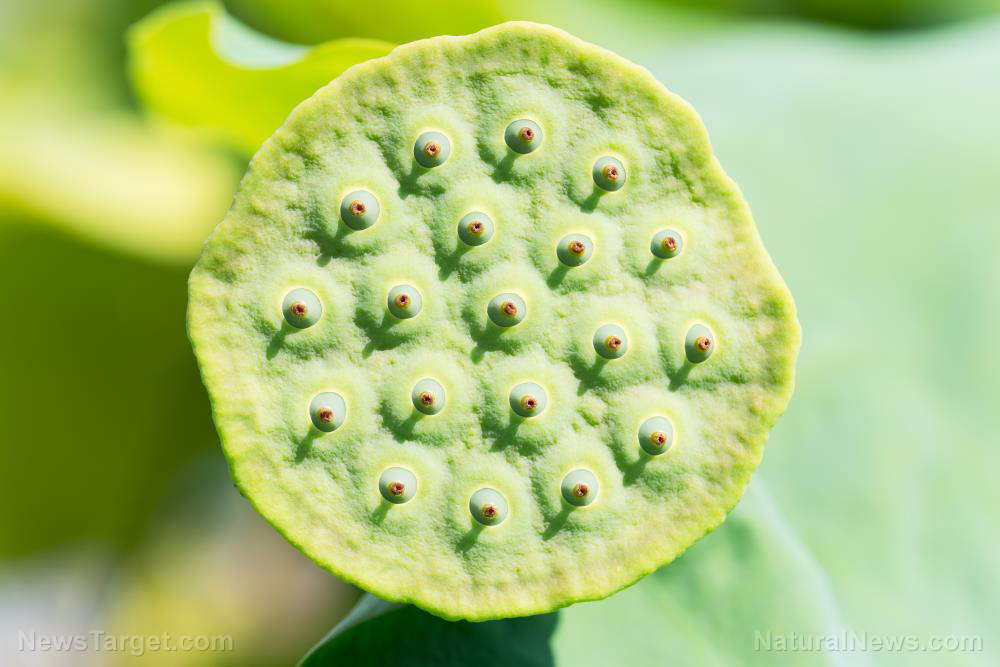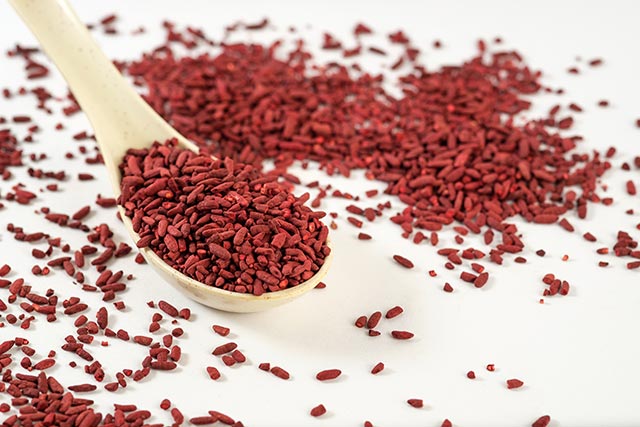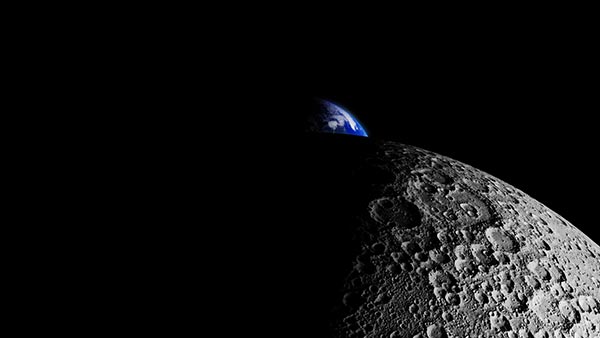It turns out, there is water on the moon – experts say it “bounces” around the surface
11/19/2019 / By Edsel Cook

The moon is not as dry as it appears to be. Liquid water travels across the surface of the natural satellite, say scientists, released from the lunar soil by rising temperatures and moving between cold spots until things cool down.
While liquid water will not last for long on the surface of the moon, it may persist in the soil in a different form. Researchers theorize that water takes the form of hydrates and hydroxides.
Hydrates are substances that contain water, oxygen, or hydrogen. Hydroxides are minor constituents of water. These substances attach themselves to lunar minerals.
During the daytime period on the moon, the sun bathes the lunar regolith with solar radiation. The light increases the temperature of the soil.
By the time of the lunar equivalent of noon, the regolith gets warm enough to release adsorbed water from its minerals. The water rises from the soil and takes one of two routes across the surface of the moon.
It can “migrate” towards the nearest area with colder temperatures — such as lunar craters with permanent shadows that are theorized to hold frozen water — or the free water may soar into the thin lunar atmosphere before returning to the regolith and getting reabsorbed. (Related: Solar winds deposit ingredients for water on the moon.)
Water escapes the soil during lunar noon and bounces between cold spots
NASA’s Lunar Reconnaissance Orbiter (LRO) confirmed the movement of water on the surface of the moon. It spotted the process with the Lyman Alpha Mapping Project (LAMP), an ultraviolet-based imaging spectrograph developed and operated by the Southwestern Research Institute (SwRI).
Its discoverers believed it might be possible to take advantage of this natural cycle during manned missions to the moon. Astronauts may deploy devices that will capture the water as it “bounces” across the surface of the moon.
The captured liquid may either get purified for drinking purposes, be used as protective screening against dangerous cosmic radiation, or to maintain comfortable temperatures. The end result is that astronauts may enjoy a reliable supply of water during long stays on the moon. They will be less reliant on supplies from Earth that cost a lot to load and launch aboard a rocket.
“This is an important new result about lunar water, a hot topic as our nation’s space program returns to a focus on lunar exploration,” explained SwRI researcher Dr. Kurt Retherford, the lead investigator who ran the LAMP spectrograph. “We recently converted the LAMP’s light collection mode to measure reflected signals on the lunar dayside with more precision, allowing us to track more accurately where the water is and how much is present.”
Researchers confirm the existence of migrating lunar water
The reflective property of the moon’s surface makes it difficult for orbiting spacecraft to study lunar hydration. Light doesn’t just bounce off the regolith like a mirror, it goes through a complicated process that produces beautiful moonlight and confusion for light-based sensors.
When lunar orbiters first spotted the reflections of migrating lunar water, researchers initially dismissed the readings as faults in their technology. They knew about the problems of scanning the reflective surface of the moon with spectrographs that measured light.
By taking images in the far-ultraviolet range, the LAMP spectrograph confirmed that the reflections of the migrating lunar water were genuine. There might even be enough hydration to support long-term missions to the moon.
“Previous research reported quantities of hopping water molecules that were too large to explain with known physical processes,” explained SwRI researcher Dr. Michael Poston. “I’m excited about these latest results because the amount of water interpreted here is consistent with what lab measurements indicate is possible.”
Sources include:
Tagged Under: breakthrough, cosmic radiation, discoveries, lunar water, Moon, moon exploration, moon surface, NASA, science and technology, space exploration, space research, water, water on the moon
RECENT NEWS & ARTICLES
COPYRIGHT © 2017 RESEARCH NEWS




















